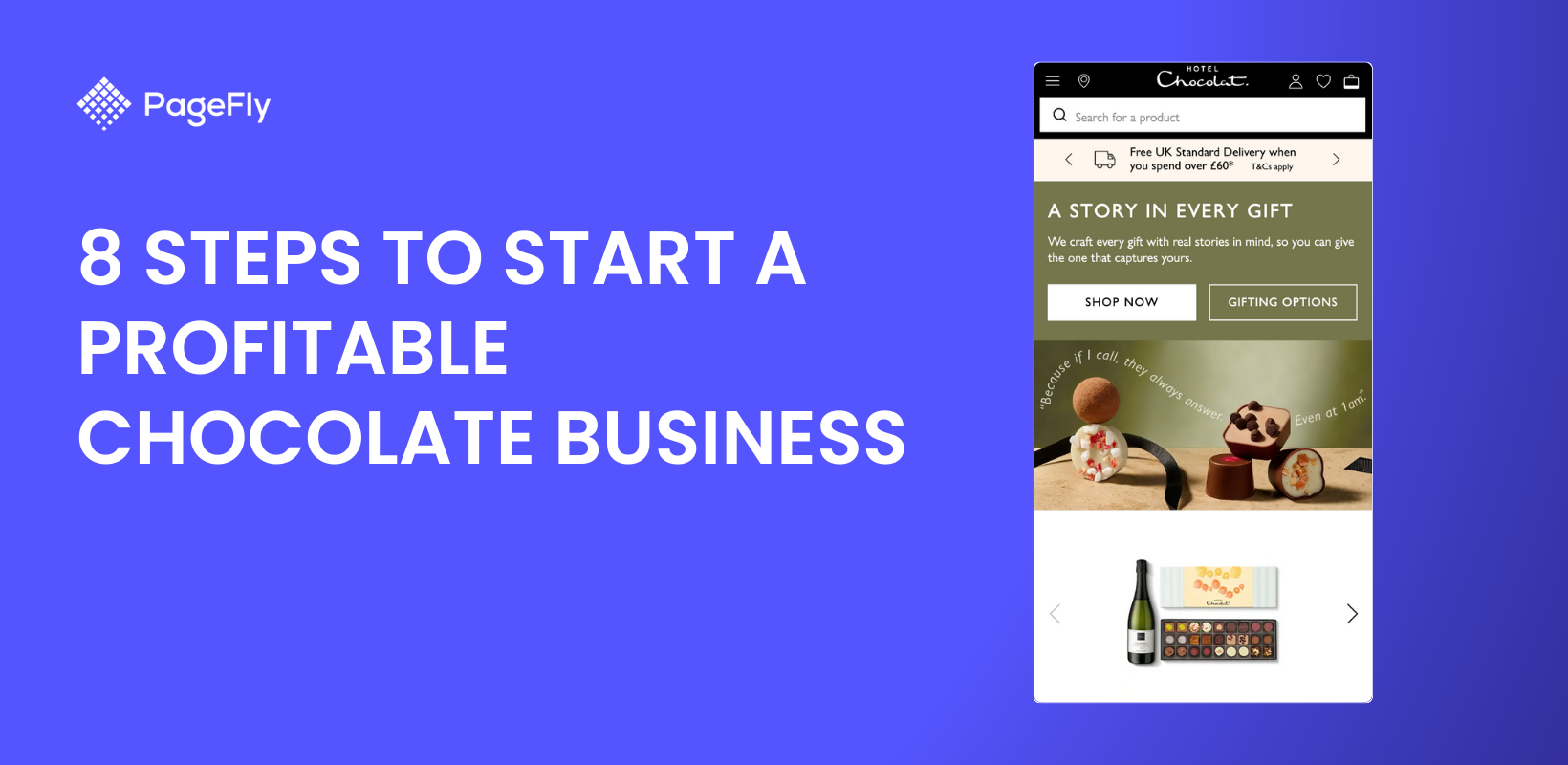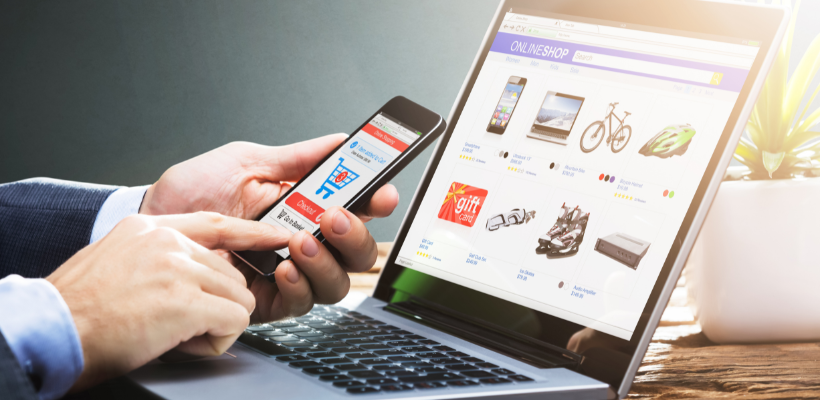Did you know that global e-commerce sales reached $5.8 trillion in 2023 and were estimated to be $6.9 trillion in 2024? These figures are impressive, reflecting how the nature of our shopping habits has changed all around the world.
The main difference is that, nowadays, it doesn't stop at a physical store or website, where one enjoys shopping. It integrates seamlessly to take advantage of both, thus taking note that customers may view products online, complete their purchase on-site, or even return through some channels. That will be referred to as omnichannel retail strategies. This is referred to as omnichannel retail strategies.
So let's discover together the importance of a combined approach across multiple ecommerce channels and discuss the importance of these strategies for enhancing the online customer journey and integrating digital commerce more effectively.
Why Use Omnichannel Approach?
Omnichannel retail is a strategy of selling products through various channels, such as online, on mobile phones, or in physical stores, with the purpose of creating a seamless experience for customers. This approach aims to harmonize all the channels, which offer free and easy movement between them while ensuring a consistent, personalized journey.

Source: Pexels
Shopping journeys and purchases today happen via many different channels, devices, and touchpoints. As far as the market research shows, almost 73% of retail consumers shop using multiple channels, and that's why most of the retail brands have now adopted the omnichannel approach.
The secret of successful omnichannel retail strategies lies in:
- Customer Centric Approach & Tailored Shopping ExperienceAdaptation to every customer's specific requirements, preferences, and past interactions with the aim to engage customers with their most compelling products, deals, and services.
- No Barriers among the Channels: Omnichannel Integration This will facilitate customers to effortlessly move from one platform to the other, among them even the physical shops.
- Retail Everywhere and Anywhere: From a traditional brick-and-mortar store expansion of retail to the limitless world of online markets, social media, and pop-up shops.
- Consistent Brand Message and Product Information: This is to ensure the value of the brand and benefit deriving from products reaches all customers through clear and coherent communication.
- New Technologies: Adoption of state-of-the-art technologies like AI, AR, and big data analytics for more improved interaction with the customer.

10 Innovative Omnichannel Retail Strategies to Boost Your Sales
After running through some of the essential benefits of using an omnichannel approach to your retail, let's talk about specific and innovative strategies you should consider using.
1. Unified Inventory Management
Inventory management apps help you optimize stock levels, streamline tracking, and make data-driven restocking decisions. It allows store owners to monitor inventory levels in real-time across all sales channels, decreasing the chance of under or overstocking.
On one hand, too little stock will cause your store to lose sales from the orders. On the other hand, too much inventory is costly in the storage process. Apps like Stocky enhance this capability by offering detailed inventory forecasts and purchase planning.
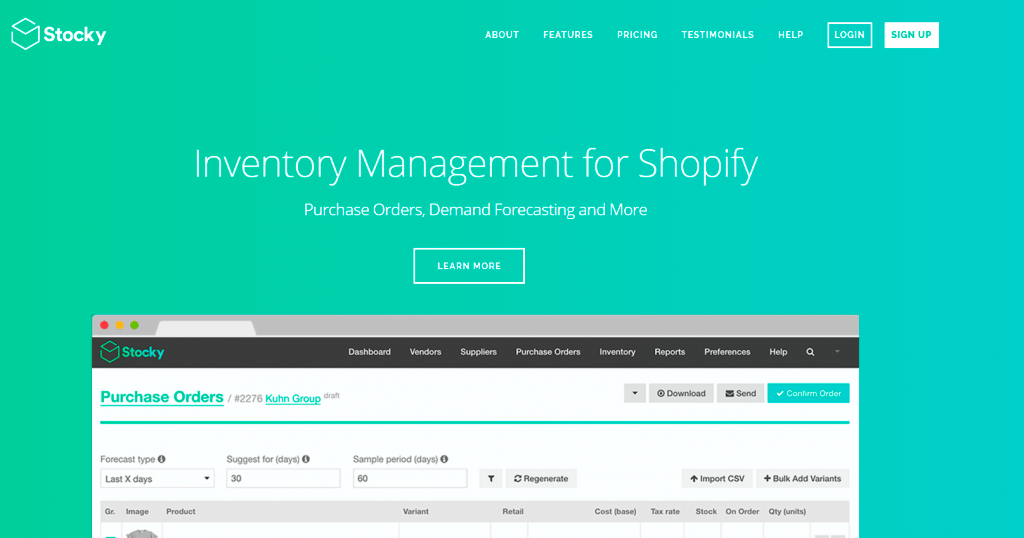
Key features:
- Create and manage purchase orders and communicate with suppliers.
- Replenish stock quickly to meet demand and transfer products between locations.
- Use in-depth reporting to make good inventory decisions through stock analytics.
Read more: What are Omnichannel Solutions, and How Do They Work for Payments?
2. Build Your Mobile App
The percentage of mobile shoppers is at an all-time high. This is one of the key essentials for improving the omnichannel strategy in this mobile-friendly world. And it has become a must to have a dedicated mobile app for your ecommerce store. You can design an awesome and fully functional mobile app for your store to gain the engagement of customers with the ultimate goal of achieving sales.
The mobile application speeds up the process of shopping in comparison to the web browser and it also works even if there is no internet connection, providing customers with an uninterrupted and continuous shopping experience.
Integrating your Shopify store with a mobile app built with Hulk Mobile App Builder ensures consistency across your online presence, leveraging the convenience and accessibility of mobile shopping.
Key features:
- The app is fully compatible with the iOS and Android operating systems.
- Fully mobile interactive dashboard that doesn't require advanced coding skills.
- Deep linking integrations for Google Analytics and Facebook.
- Provides a single-page checkout for your store.
Quick read: Omnichannel Retailing Strategy: The Key to Success for Retailers
3. Personalized Customer Experiences
The shopping experience itself is the cornerstone of omnichannel retailing. Boost your Shopify store’s marketing strategy and experience with Klaviyo’s tailored emails and automation. This data-driven method enables an individualized marketing approach, product recommendations, and targeted promotions, leading to increased customer engagement and loyalty.
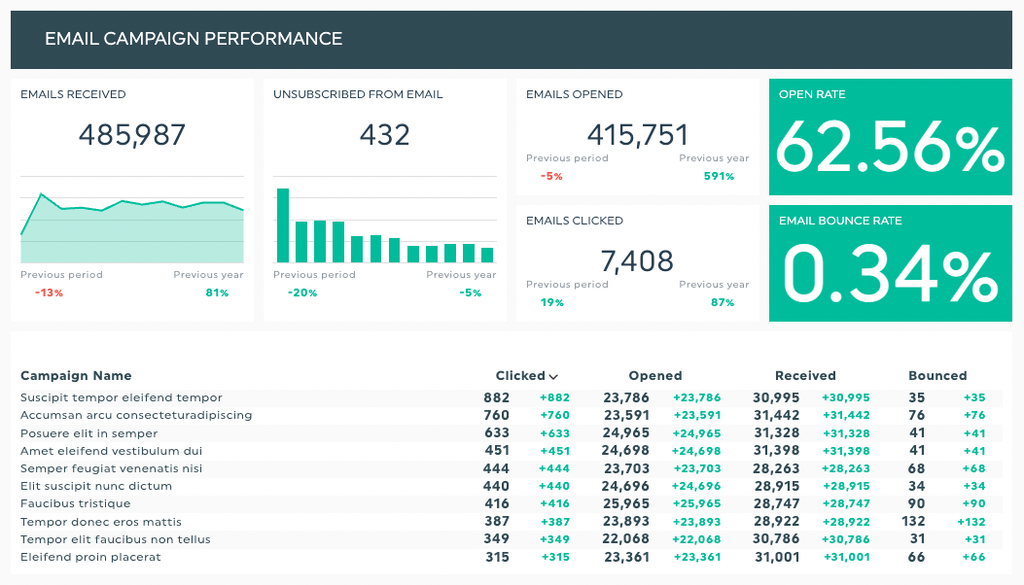
Key features:
- Build customer journeys with profound personalization and smart automation.
- Use the omnichannel template for Welcome, Back in Stock, Abandon, Price Drop & more.
- Request, capture, and publish product reviews at the right time through automated email & SMS.
- Get real-time revenue data for each automation, campaign, segment, and channel.

4. Integration of Online & Offline Sales
With Shopify POS, retailers with both online and offline stores can provide customers with a seamless shopping experience. Customers can make purchases from anywhere online and decide to pick them up at a convenient physical store. Additionally, customers can purchase physical products in a physical store and easily return them at the online store, which increases flexibility and convenience.
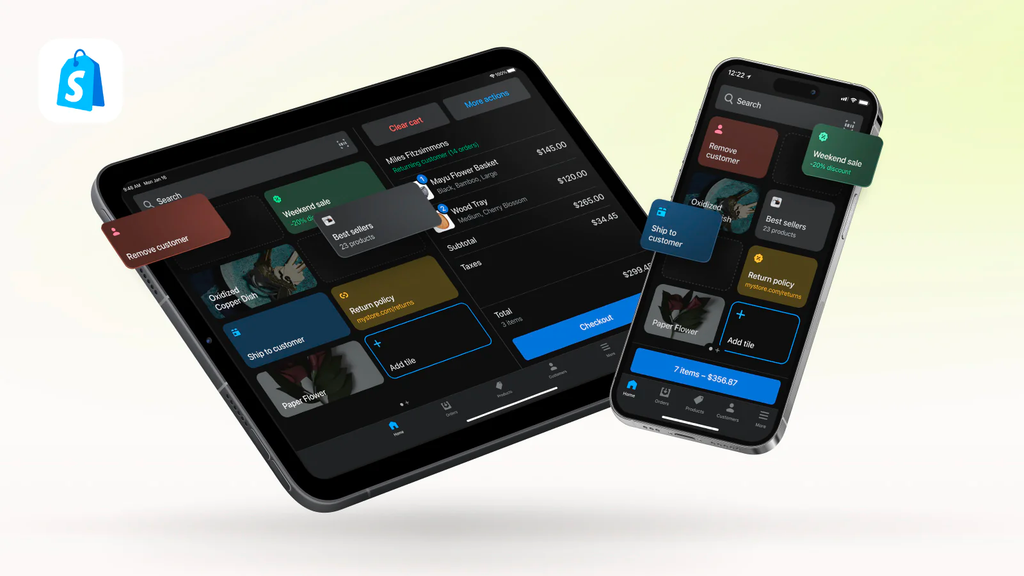
Key features:
- Sell and accept gift cards, split payments, returns and exchanges.
- Accept payments anywhere with always-ready retail checkout hardware.
- Omnichannel built-in tools to manage your online and in-store in one place.
5. Social Media Commerce
Social media has transformed into a vital sales channel within the framework of the omnichannel mix. Facilitated through integration with platforms such as Facebook, Instagram, and TikTok, businesses are able to make their products available for sale on these very platforms that their consumers are bound to. This integration makes it smooth for customers, without leaving the platform, to make their transactions or purchase.

Source: Vecteezy
6. Enhanced Customer Support
Omnichannel retailing also extends to customer support. Shopify apps such as Zendesk unify customer support channels, including email, chat, and social media, into one platform. This assures that any inquiry of the customer is dealt with care, either via email, chat, or social media, leading to an increase in general customer satisfaction.

Source: Geckoboard
Key features:
- Solve customer service tickets faster with access to relevant customer data.
- Process refunds and cancellations, directly from the Zendesk Support sidebar app.
- Embed live chat in any storefront with one click of a button.
7. Offering Click&Collect Services
Another concept that has helped the merge of online and offline retailing is click-and-collect, sometimes also referred to as Buy Online, Pick Up In-Store (BOPIS). This enables the customer to make online purchases and pick their products up in-store or a chosen pickup location. This service combines the best of both worlds - online convenience and speed of purchase in a store.
Businesses holding Shopify stores can adopt this service, allowing them the opportunity to further offer convenience to customers, reduce time and cost for shipping, and actually gain an additional way of driving foot traffic to physical locations.

Source: Pexels
8. Try Before You Buy with AR
Augmented Reality (AR) offers a format where the users will experience a customer trying the products before making the purchase. For categories like fashion, beauty, and home decor, AR can simulate how products would look in real life, whether it be trying on a pair of glasses or visualizing how a piece of furniture would fit in a room. Businesses can integrate Shopify AR apps like Threekit, which would have made the inclusion of this technology in their online stores easy and, more importantly, did augment the experience customers have while also reducing the occurrences of returns.
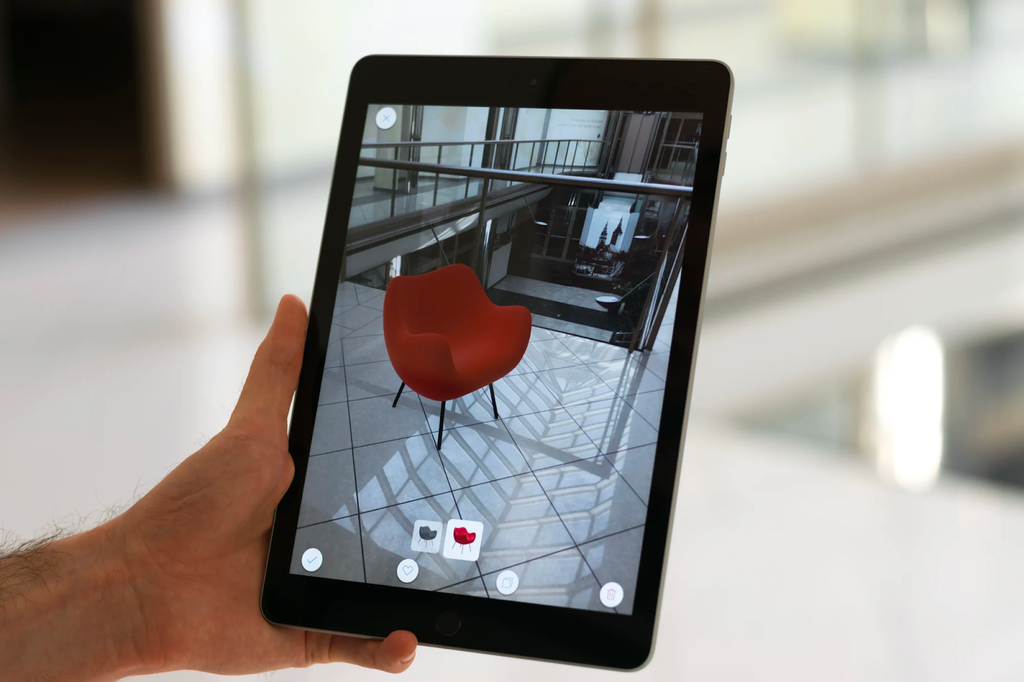
Key features:
- Threekit helps businesses build 3D models of their products to display on ecommerce sites, which integrate with most web browsers, creating an almost seamless AR experience for users.
- With Threekit customers can view all angles of a product and try different styles, sizes, or colors.
- The platform lets customers test 3D models in their homes or other spaces by superimposing the objects over personal photos or videos.
9. Chatbots for 24/7 Customer Service
AI chatbots have become an essential tool in providing continuous customer support across various channels. Adding chatbots to your Shopify store, social media platforms, and mobile app will provide instant help to customers with queries, tracking orders, and recommendations tailored to their needs at any given hour. This way, customer satisfaction is enhanced, and human customer service representatives can attend to more intricate queries.
The creation of chatbots is an iterative process that includes planning, development, testing, and continuous optimization in order to place it on a project.

Source: Freepik
Key steps to set up a chatbot are:
- Identify the need (customer support, sales, engagement)
- Choose the type of chatbot (rule-based or AI-based)
- Decide where your chatbot will live (Facebook, Messenger, WhatsApp, Slack, etc.)
- Map out user interactions and script dialogues
- Develop & test you chatbot
- Launch & announce to your audience
- Monitor & optimize
- The chatbot should ensure compliance and privacy
10. Expand with Shopify Multi-Channel Integration
Increasing the reach and sales of your Shopify store could take years, but with it, expanding to marketplaces like Amazon, eBay, and Etsy can massively increase your reach and sales. The multi-channel integration with Shopify means you can list and sell across many marketplaces from one central dashboard. This technique ensures that your brand remains constant across all the channels, but it helps tap into the over-the-top customer basis of each marketplace.
Conclusion
Embracing new omnichannel retail strategies therefore means taking a major leap towards becoming more customer centric and being more integrated in the retail industry. Since technologies and platforms such as Shopify are embracing the digital and physical shopping experience, retailers will be provided with an excellent chance to craft both a strong customer experience as well as how customers make purchasing decisions. With strategies like unified inventory management, customized buying experiences, and a seamless online-offline blend of sales channels, retailers can offer customers a cohesive and enjoyable shopping experience.
So, the secret to modern retail success really lies in understanding and executing a true omnichannel retail strategy, which may deliver a customer experience unattainable compared to the best that the online and brick-and-mortar worlds offer.
To explore more, check out:Top 10 Examples of Retailers That You Can Learn From




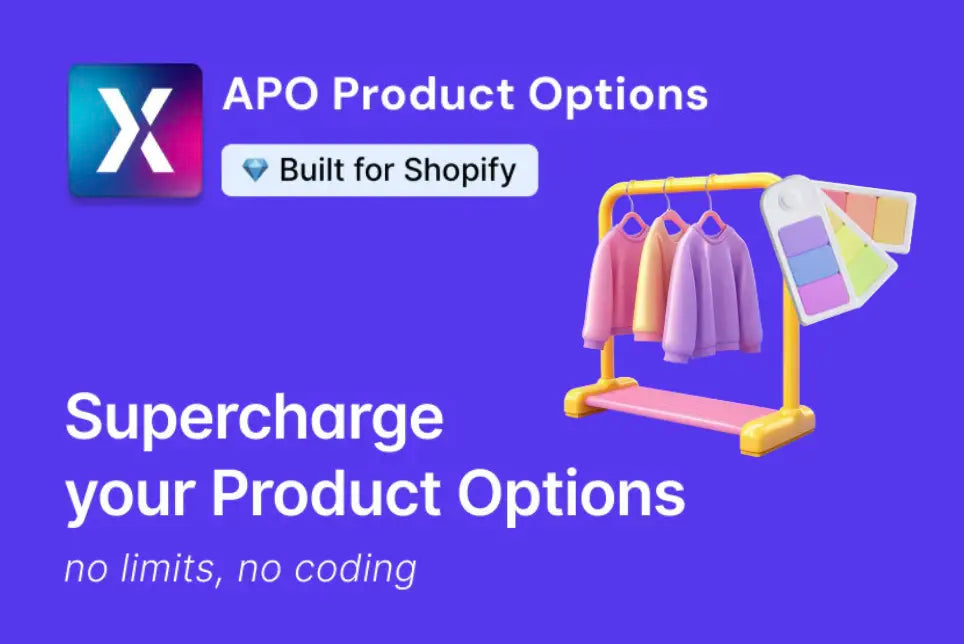
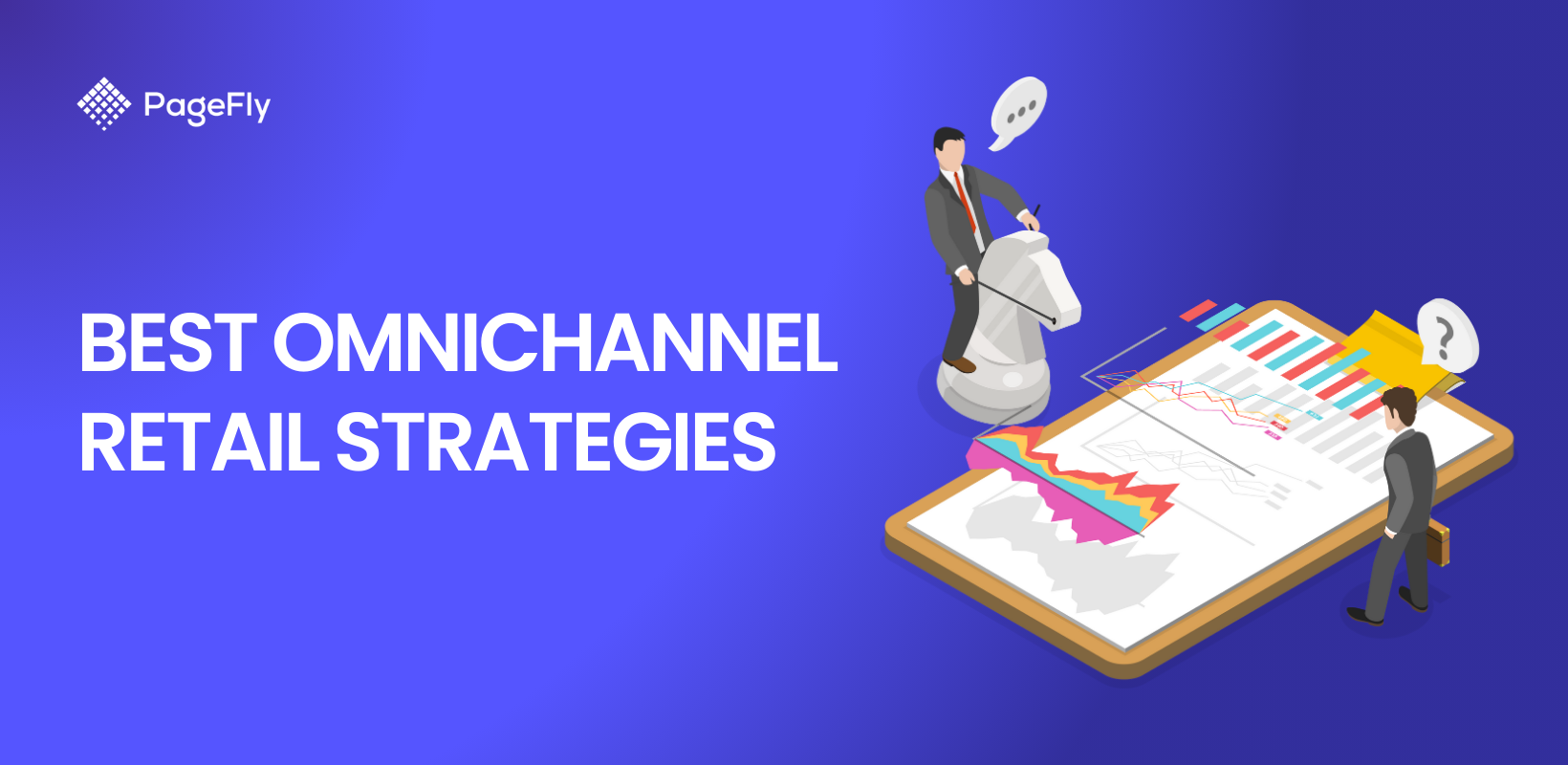

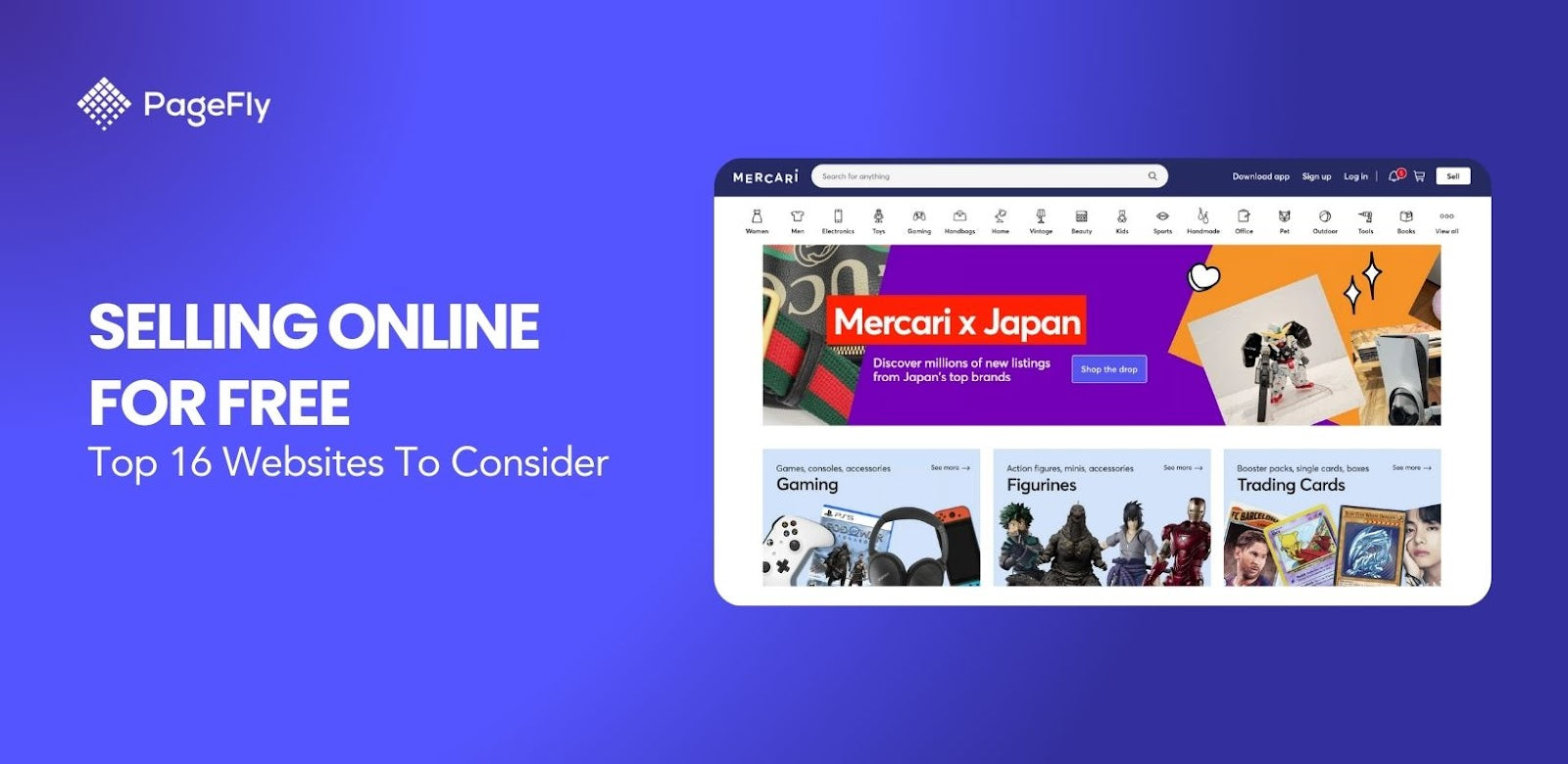

![14 Profitable Small Food Business Ideas for 2025 [Real Numbers]](http://pagefly.io/cdn/shop/articles/1_58b587d2-13db-4aa6-8c19-e40f5c88d3eb.jpg?v=1758255771&width=4460)
![Art Business Names: 350+ Ideas + Free Generator [2025 Updated]](http://pagefly.io/cdn/shop/articles/art_business_name_e94a54e9-d325-4ba3-94ab-7b4297952312.png?v=1760062968&width=1640)

